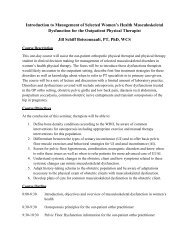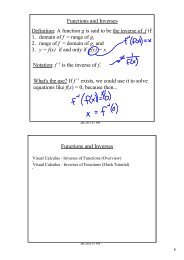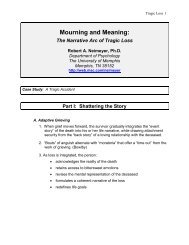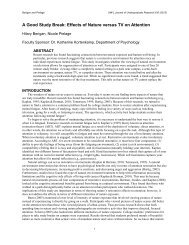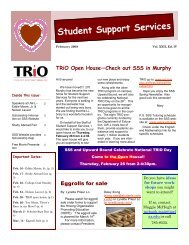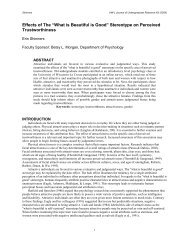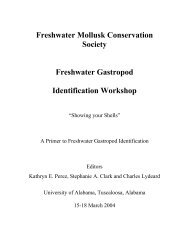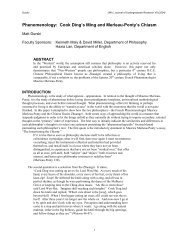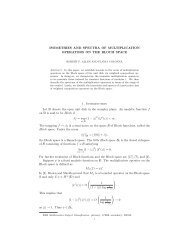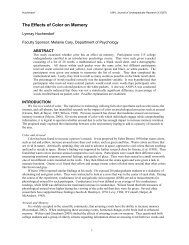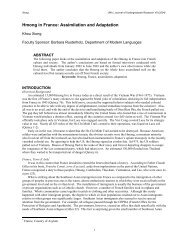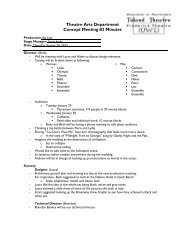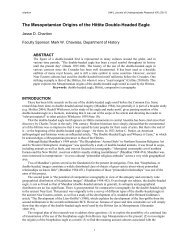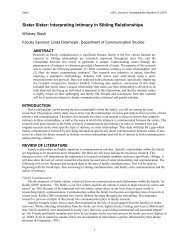A Guide for Terrestrial Gastropod Identification - University of ...
A Guide for Terrestrial Gastropod Identification - University of ...
A Guide for Terrestrial Gastropod Identification - University of ...
Create successful ePaper yourself
Turn your PDF publications into a flip-book with our unique Google optimized e-Paper software.
Ceriidae<br />
Kathryn E. Perez, Duke <strong>University</strong><br />
Cerion is a large genus (~600 spp) endemic to the Caribbean with one U.S.<br />
representative. These snails typically found attached to grass stems, trees, and shrumbs near the<br />
beach, but above the tide and spray lines. They are large (up to 28 mm length), elongate, many<br />
whorled, with opaque-white ribbed shells, sometimes streaked with gray or brown. Cerion tend<br />
to be inactive by day, estivating attached to vegetation and active at night and in rainy weather.<br />
Several Caribbean Cerion species have been introduced into Florida.<br />
TAXON AUTHOR<br />
G-<br />
RANK DISTRIBUTION<br />
Cerion incanum (A. Binney, 1851) G1 FL, LA<br />
Charopidae<br />
Kathryn E. Perez, Duke <strong>University</strong><br />
Charopids are helicoid snails with minute, ribbed shells ranging from 1-2.6 mm in height<br />
and 2-6 mm width (Pilsbry, 1946). In the U.S. they are limited in distribution to Western states at<br />
high elevation. Other members <strong>of</strong> this family extend throughout South America and they are<br />
particularly diverse in South Africa, New Zealand and Australia (Bequaert & Miller, 1973).<br />
24



